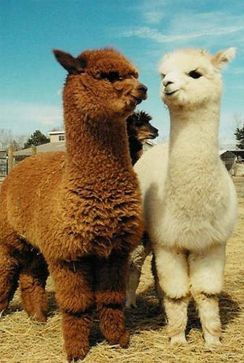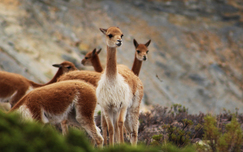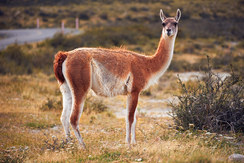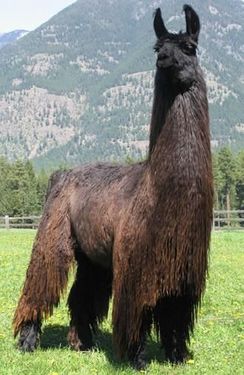|
September 24, 2019
Alpaca history
From the past!

Alpaca Huacaya

Vicuña

Guanaco

Llama Suri

Camel
Alpacas are a domesticated member of the camelid family. The camelid family also includes llamas, guanacos, and vicunas from South America, and the Bactrian and Dromedary camels from Asia and Africa. This family of animals originated on the plains of North America about several thousand years ago. Two wild species, vicunas and guanacos, are related to the alpaca. They still live in the Andes. It is believed that about several thousand years ago alpacas were created through selective breeding which was heavily influenced by the vicuna. There are similarities in size, fiber, and dentition (teeth) between the alpaca and the wild vicuna.
Today there are about 3.5 million alpacas in the Andean highlands, most of which can be found in Peru. Since the major first importation into the U.S. in 1984, the North American herd has increased from a few alpacas in zoos and private collections to about 20,000. Alpacas are popular internationally for their luxury fiber and as pet, show, and investment animals in Canada, England, Australia, New Zealand, Poland, France, and Israel, as well as the United States.
Physical Facts
Life Span: 15- 20+ years
Height: 32"- 39" at the shoulder
Birth Weight: 10 - 17 pounds
Adult Weight: 100 - 190 pounds
|